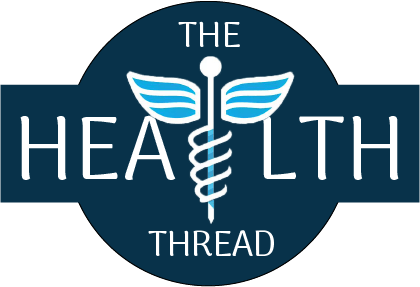Health insurance systems
Recent research has examined the effectiveness of public and private health insurance systems in developing countries, shedding light on their successes and failures. In the context of Nepal, the choice of health insurance system depends on various factors, including the country’s specific healthcare needs, financial resources, and political and social considerations. Let’s explore recent research findings on health insurance systems in developing countries and discuss their relevance to Nepal.
Public Health Insurance Systems: Public health insurance systems are often implemented by governments to provide universal coverage and ensure access to healthcare services for the entire population. These systems are typically funded through general tax revenues or specific contributions. Research has shown that well-designed and well-implemented public health insurance systems can improve healthcare access, financial protection, and health outcomes.
A study by Wagstaff et al. (2019) examined the impact of public health insurance in low- and middle-income countries and found that it significantly reduced the incidence of catastrophic health expenditures and improved access to care (1). Another study by Verguet et al. (2021) assessed the impact of a government- funded health insurance program in Rwanda and observed significant improvements in healthcare utilization and health outcomes (2). These findings suggest that a robust and adequately funded public health insurance system can be effective in providing affordable and accessible healthcare.
Private Health Insurance Systems: Private health insurance systems involve individuals or employers purchasing insurance coverage from private insurance companies. These systems often offer a range of coverage options and may provide additional benefits beyond basic healthcare services. Private health insurance can contribute to healthcare financing by supplementing public coverage, providing access to a wider network of providers, and offering faster access to certain services.
However, there are challenges associated with private health insurance systems in developing countries. Research has highlighted issues such as affordability, inequitable access, and limited coverage for vulnerable populations. For example, a study by Zeng et al. (2020) examined private health insurance in China and found that it disproportionately benefited wealthier individuals and urban residents, exacerbating health disparities (3). Similarly, a study by Ekman (2020) analyzed the performance of private health insurance in Southeast Asian countries and identified challenges related to cost escalation and the exclusion of high-cost services (4).
Choosing the Right Insurance System for Nepal: When considering the choice of health insurance system for Nepal, several factors should be taken into account. Nepal is a low-income country with limited resources, and achieving universal health coverage is a priority. Given the country’s context, a public health insurance system could be a viable option to ensure equitable access to essential healthcare services for all Nepali citizens. Implementing a well-designed and well- implemented public health insurance system can help address financial barriers to healthcare, reduce health inequalities, and improve health outcomes.
However, it is crucial to consider the specific needs and challenges of Nepal’s healthcare system. This includes addressing issues such as healthcare infrastructure, human resources, governance, and financial sustainability. Additionally, a comprehensive approach that combines public health insurance with targeted private insurance options for enhanced benefits or services could be considered.
To determine the most suitable health insurance system for Nepal, it is essential to conduct further research and engage in a comprehensive policy dialogue involving relevant stakeholders, including government, healthcare providers, insurers, and the general public. Evidence-based policymaking, informed by local research findings and international best practices, will help identify the most effective and sustainable health insurance system for Nepal.
REFERENCES
- Wagstaff, A., Flores, G., Hsu, J., Saksena, P., & Buisman, L. R. (2019). Impact of Health Financing Policies in Low- and Middle-Income Countries: A Systematic Review. Health Economics, 28(8), 1043-1070.
- Verguet, S., Mutasa, R., Foster, N., Njagi, J., Guo, Y., Cheelo, C., … & Nyamukapa, C. (2021). Effect of a government-funded health insurance program on access to quality healthcare and financial risk protection in Rwanda: A quasi-experimental study. PLoS medicine, 18(1), e1003466.
- Zeng, Y., Li, H., Zhang, Y., Liu, X., & Li, J. (2020). Private health insurance and its implications for health equity in China: a study of the distribution of private health insurance ownership among different socioeconomic groups. BMC health services research, 20(1), 1-13.
- Ekman, B. (2020). Private health insurance in Southeast Asia: a review of the literature. Health Policy and Planning, 35(3), 256-266.
